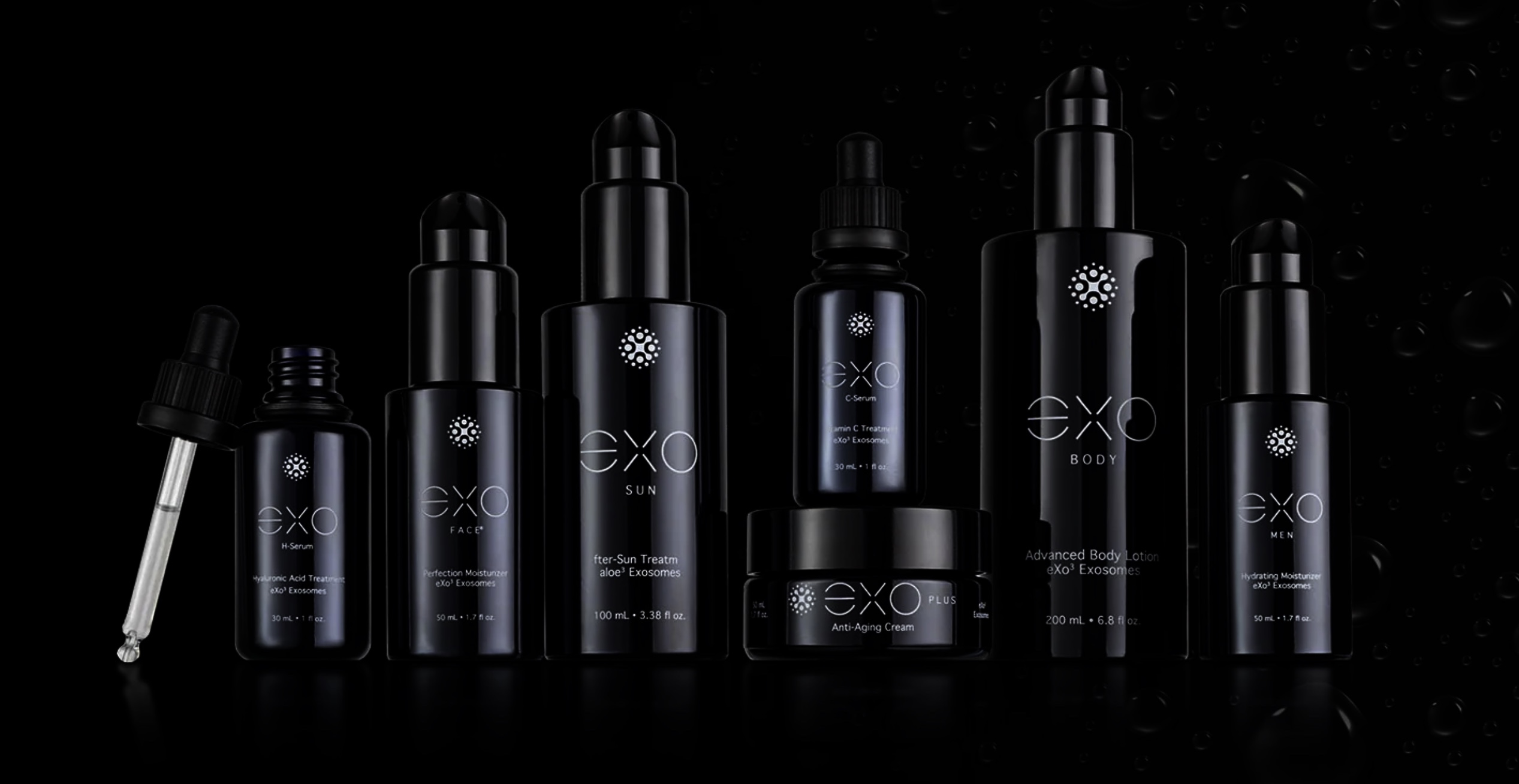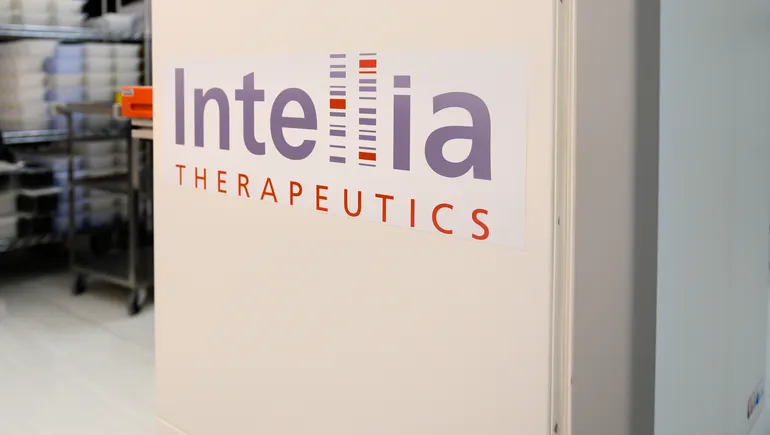Tailoring the Electron and Phonon Transport in Metavalently Bonded GeTe by Stepwise Doping
Advanced Energy Materials, Volume 15, Issue 20, May 27, 2025.

This work demonstrates that the intrinsic physical properties of a material can provide more fundamental guidance for optimizing thermoelectric performance. A stepwise doping strategy is proposed to sequentially improve the intrinsic physical properties of GeTe, ultimately leading to a high ZT of 2.2 at 773 K through doping with Cd, Cu, and Pb.
Abstract
The intertwining between thermal and electrical transport poses significant challenges to enhancing thermoelectric performance. Chemical doping with a single element often can optimize one of the parameters yet may deteriorate others, restricting the upper limit of ZT achievable. Multi-element doping can address this interdependence, allowing for simultaneous optimization of electrical and thermal properties. However, a clear selection rule for multiple dopants remains unclear. Here, a stepwise strategy is shown to improve the thermoelectric performance of metavalently bonded GeTe by enhancing density-of-states effective mass, increasing carrier mobility, and reducing thermal conductivity. These effects are realized by continuously introducing band convergence, lattice plainification, and structural defects. Specifically, band convergence is achieved by Cd doping to reduce the energy offset between light and heavy bands. The lattice plainification is enabled by filling Ge vacancies with Cu, which improves carrier mobility. Lastly, the lattice thermal conductivity is reduced via increasing phonon scattering by point defects caused by Pb doping and nanoprecipitates associated with all these dopants. Consequently, a peak ZT of 2.2 at 773 K and an average ZT ave of 1.27 within 300–773 K are realized in Ge0.86Pb0.1Cd0.04Te-2%Cu2Te. This work provides a synergistic strategy to modulate electron and phonon transport in metavalently bonded materials.














































































































































